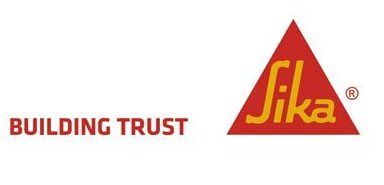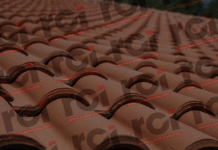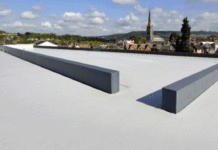Architects and specifiers are presented with a myriad of claims and counter-claims and can be left unsure as to which products to specify to “green” their project. Some manufacturers claim that products are better for the environment when there are no discernible improvements when compared to other similar materials. So what information can architects and specifiers use to compare products?
Life-cycle assessments (LCAs)
Life-cycle assessments are used to assess the environmental impacts associated with the various stages of a product or system’s life. There are two main types of LCAs, the first being cradle-to-gate (which covers raw material extraction, material processing and product manufacture). The second type, cradle-to-grave, runs from raw material extraction, through material processing, product manufacture, distribution, use, repair & maintenance, and final disposal. There are several different methods for calculating LCAs which consider different impact categories and resource indicators such as Global Warming Potential (Carbon Footprint) and Cumulative Energy Demand. LCAs are usually considered over a fixed 60-year period allowing for like-for-like comparison. Therefore cheap products that have a shorter life span, and so are likely to require higher maintenance and / or earlier / more frequent replacement can be compared with a more expensive product that has a greater life expectancy and reduced maintenance / replacement requirements over the same time period. Consequently this type of analysis can be used during the decision-making process to help clients understand the long-term environmental impacts of product choices.
Our approach to LCA
At Sika-Trocal we have what we believe is a pioneering portfolio of sustainable products, systems and services that are designed to be efficient in energy, material and water use. Therefore all new product developments are benchmarked via LCAs against existing products in the Sika portfolio and the competition to ensure that they meet our stringent sustainability expectations.
Further to this we can now offer summary LCA reports for individual roofing projects produced by the Sika Corporate Sustainability Team. The LCA information behind these reports was modelled in the GaBi 6.3 Software and carried out according to the ISO 14040 series and EN 15804. Also the LCA model itself was reviewed by the leading independent research institute Swiss Federal Laboratories for Material Science and Technology (EMPA).
Environmental Product Declarations
As LCAs consider so many different areas of impact the results can be complex, multipage reports that the non-professional can find off-putting and difficult to read. Therefore the LCA data is frequently consolidated into a shorter, simpler document called an Environmental Product Declaration (EPD) that is easier to read & interpret. EPDs are a statement of facts. They do not judge whether a product meets up to any particular environmental standard. It is up to the EPD user to judge how the information presented impacts their product choice.
There are two main types of EPDs:
– Product / manufacture specific EPDs: As the name suggests this type of EPD is conducted using data from an individual company to develop EPDs for a particular brand-name product. This type is usually used if the manufacturer believes that their products have a substantially different environmental profile from other similar products from other suppliers or where the company wants to demonstrate that they are a market leader.
– Generic EPDs: These are produced from average data from industry groups like trade associations who pool data from multiple suppliers of a given product type. Generic EPDs are not brand specific and can be used for all products within the product group irrespective of the manufacture. This is useful for products that do not have a substantially different environmental profile to equivalent products from other suppliers and where the product has very little environmental impact in comparison to the other building components. Generic EPDs also help spread the high cost of the background LCA across the entire industry.
EPDs can be self-generated (by a product manufacturer) or independently verified by a notifiable body such as the BRE. Independently verified EPDs are seen to be more trustworthy / robust than self-generated declarations. This is recognised in Green Building Assessments such as BREEAM for which an independently verified EPD can result in a “points uplift” when a Green Guide rating is also available.
Our approach to EPDs
At Sika-Trocal we understand the importance of EPDs to the roofing industry and as such have worked with the BRE to produce independently verified, manufacturer specific EPDs for our single ply roofing membranes. As part of our sustainability information pack these documents help to provide a fully rounded view of the Sika-Trocal products and their environmental impacts.
In addition to this, the Sika-Trocal EPDs are incorporated into our BREEAM information Pack. Although the Green Guide to Specification forms the basis of construction material ratings for BREEAM assessments in Mat 01, independently verified EPDs can result in a “points uplift” in this issue and there are numerous other issues within a BREEAM assessment that the Sika-Trocal roofing systems can contribute towards. For example the independently verified durability statements for the various Sika-Trocal roofing membranes, which are contained within the BBA certificates for these products could be considered in relation to Mat 05 (Designing for durability and resilience).




